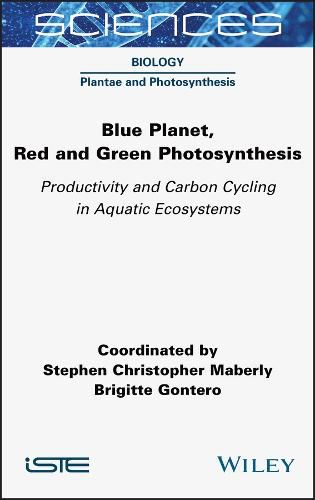Readings Newsletter
Become a Readings Member to make your shopping experience even easier.
Sign in or sign up for free!
You’re not far away from qualifying for FREE standard shipping within Australia
You’ve qualified for FREE standard shipping within Australia
The cart is loading…






This book describes the mechanisms that allow aquatic photosynthetic organisms to contribute about half of the global primary productivity; in order to mitigate climate change by sequestering carbon dioxide and producing oxygen, they transform the original anoxic atmosphere of the Earth over geological time. Aquatic photosynthesis is performed by a wide diversity of organisms, predominantly involving cyanobacteria, and algae derived from the red-lineage , unlike terrestrial primary productivity, which is restricted to green-lineage plants. Blue Planet, Red and Green Photosynthesis describes how, in order to maximize productivity, aquatic primary producers have evolved a series of structures and mechanisms that increase the limiting supply of carbon dioxide to the enzyme, Rubisco, which is responsible for carbon dioxide fixation. This book covers the molecular mechanisms involved in aquatic carbon uptake and the global consequences as humankind alters the blue planet.
$9.00 standard shipping within Australia
FREE standard shipping within Australia for orders over $100.00
Express & International shipping calculated at checkout
This book describes the mechanisms that allow aquatic photosynthetic organisms to contribute about half of the global primary productivity; in order to mitigate climate change by sequestering carbon dioxide and producing oxygen, they transform the original anoxic atmosphere of the Earth over geological time. Aquatic photosynthesis is performed by a wide diversity of organisms, predominantly involving cyanobacteria, and algae derived from the red-lineage , unlike terrestrial primary productivity, which is restricted to green-lineage plants. Blue Planet, Red and Green Photosynthesis describes how, in order to maximize productivity, aquatic primary producers have evolved a series of structures and mechanisms that increase the limiting supply of carbon dioxide to the enzyme, Rubisco, which is responsible for carbon dioxide fixation. This book covers the molecular mechanisms involved in aquatic carbon uptake and the global consequences as humankind alters the blue planet.